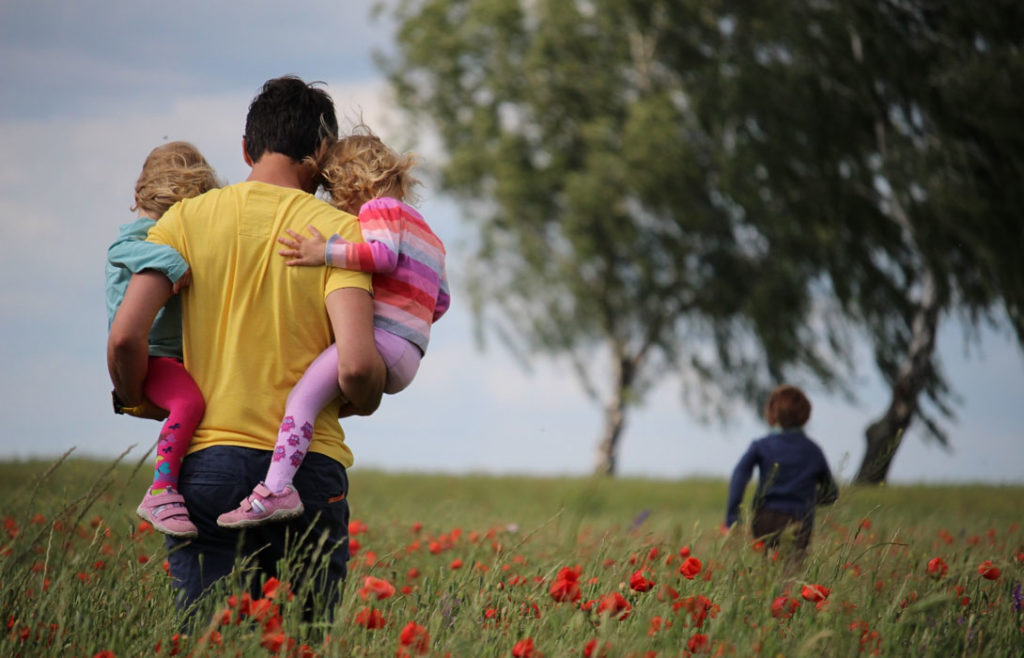
Fostering a child can be a challenging but ultimately incredibly rewarding experience. Here's what you need to know about the process.
Short Term Fostering
Short term foster care involves caring for a foster child for a short period of time. The care period can last for days, weeks, or months. The aim of short-term placements is to eventually return the foster child to their birth family – though sometimes, they enter foster care on a longer-term basis. As such, short-term fostering acts as a transition phase for foster children.
Children enter short term foster care for a variety of reasons – parents may be ill or undergoing an assessment; there may be difficulties at home necessitating the child entering short term foster care, prior to moving on to a long-term placement. Each foster child’s situation is unique – in short-term foster care, the carer has the opportunity to help and assist a diverse group of children in need.
Click here for more information on Short-Term Fostering.
Long Term Fostering
Long term foster care is typically defined as any foster placement that continues for more than six months. Foster children in long term placements can often remain in the care of their foster family up until their eighteenth birthday.
Long term foster care also supports a child’s development of a sense of belonging and identity, as they can experience security and a stable base. While long term foster care placements are long term commitments, they can reap many emotional benefits for the child and the foster carer.
A child can enter the care system from any age and this can be by agreement with their parents or where a child is subject to a court order. The reasons for children no longer being able to live with their birth family are vast and include parental addiction, parental mental health, child’s experience of physical, sexual or emotional abuse as well as parental death or serious ill physical health.
Click here for more information about Long-Term Fostering
Working While Fostering
If you’re fostering a child between the ages of zero and five, you have to be at home full time. Due to the young age of your foster child, you have to be available at all times to tend to their needs – they also won’t be in school, so will require greater care. You will also have to be available for appointments and meetings related to your foster child’s care and your own foster care development.
If your foster child is attending school you can work – you do, however, need to be available to attend appointments or meetings with the school (as well as all foster care related meetings). You’ll also have to be available throughout the school holidays.
If you are going to work full-time, there are certain types of foster care that might suit you better. While full-time fostering is a full-time commitment, supported lodgings may be a better way to go. Supported lodgings is offering care and support to young people over the age of sixteen in need of a home environment. Carers provide these young people with an opportunity to learn the skills required to live independently – while also offering practical and emotional support.
Click here for more information on Working while Fostering.

Sibling Placements in Foster Care
Sibling placements involve keeping brothers and sisters together when placed in foster care.
Entering a foster placement can be a stressful time for a young person. Having a brother or sister along for the journey can be a great emotional anchor for a foster child in a time of upheaval and worry.
It is sometimes difficult to keep siblings together – age gaps, large families or situational difficulties can lead to siblings being separated for some time. If a child is separated from their sibling, they can experience emotional difficulties.
Having ample room (both physically and emotionally) for foster siblings is essential, allowing them enough space to grow and develop. While sibling under five and of the opposite sex can share a bedroom, siblings sharing a room over five must be of the same sex.
Click here for more information on Sibling Placements in Foster Care.
Saying Goodbye to your Foster Child
The end of a foster care placement is an emotional experience. No matter what type of foster care you are involved in, you are bound to form a bond with your foster child. Welcoming a child into your home is no small thing and watching them walk out the door for a final time is a tough thing to do.
There are lots of reasons why a foster placement might end.
One of the reasons is reunification – when a foster child is reunited with their birth parents or guardians following a period in foster care. The decision to reunite a foster child with their birth family or guardians is made by the courts and TUSLA.
As well as reunification, your foster child may be placed with their siblings (something that is not always immediately possible but is desirable). If your foster child has additional needs, they may be placed in a more fitting foster care scenario. As well as that, once a child reaches a certain age, they can leave care – a real milestone in the life of a foster child (and their foster carer).
Click here for more information on Saying Goodbye to your Foster Child.
For more information on becoming a foster parent and to learn more about children in care, visit EPIC, Tusla and Orchard Fostering.
